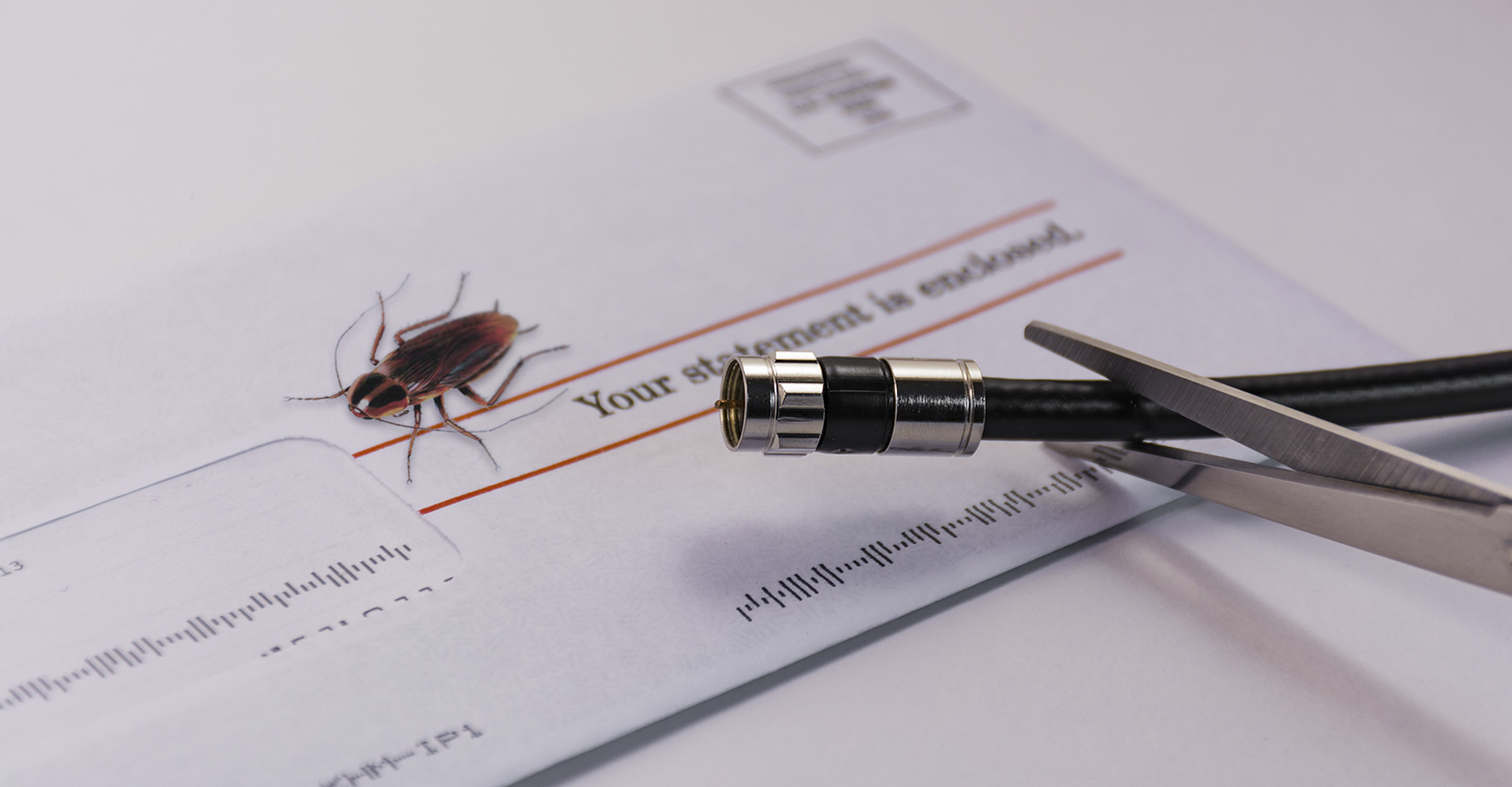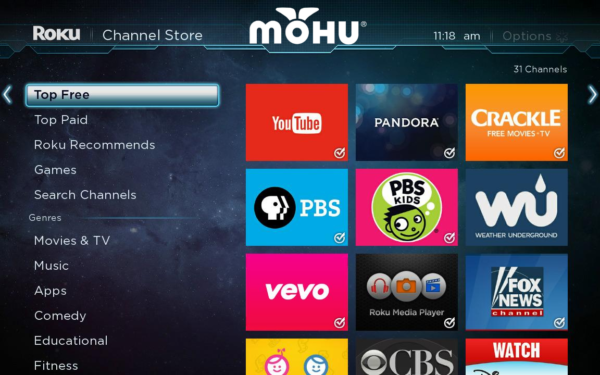On average, consumers wasting more than $100 a month on cable services they strongly dislike
RALEIGH, N.C. – April 12, 2016 – New findings reveal that U.S. consumers overwhelmingly rate cable as the most unfavorable option for TV viewing. Mohu, creator of the paper-thin indoor HDTV antenna, today announced the results of a nationwide favorability poll, indicating high consumer discontent with the state of access to TV.
Among the 1,236 U.S. consumers surveyed on their favorability toward cable, satellite and streaming TV services, half have an unfavorable opinion of cable TV companies and 38 percent view satellite TV companies unfavorably. Over-the-air (OTA) and over the top services (OTT) are the most favorable TV viewing options, with 44 percent having a favorable attitude toward using an antenna to watch TV, and OTT streaming services, such as Netflix and Hulu, receiving a 52 percent favorability rating.
To put the favorability findings in context, the respondents were also asked about favorability toward Congress and cockroaches. Cable and satellite TV providers aren’t quite as disliked in comparison as 91 percent of respondents have an unfavorable view on cockroaches and 72 percent have a negative view of Congress.
While more than half of consumers (51%) admit that cable is the main way they watch TV at home, the majority (54%) have considered cutting the cord to get rid of cable or satellite. Pricing is a leading indicator driving consumer unfavorability toward cable and satellite services with nearly half (48 percent) paying more than $100 a month. In addition to pricing, the majority of consumers (40%) admitted that the main reason they have not gotten rid of their at-home cable service is because their cable is bundled with their Internet or phone service, indicating that most would-be cord cutters feel trapped by cable bundles.
“With such an unfavorable view toward cable and satellite companies, it’s clear that cable and satellite companies are out of touch with consumer demand,” said Mohu CEO Mark Buff. “Americans are dissatisfied with cable and its high cost of viewing. This is a far cry from delivering a service that fits the needs of today’s savvy, digitally-oriented consumers.”
Additional survey findings also revealed:
- Consumers aren’t keeping cable because they want more channel choices. More than two-thirds (67%) of consumers watch 10 channels or less in a given week, while an additional 16 percent watch between 10 and 20 channels in a week. In fact, less than 25 percent (21%) strongly believe having access to hundreds of channels is a good thing for the American society.
- Consumers believe in free access to over-the-air TV. Eighty-nine percent of consumers agree that access to free, over-the-air TV is important, with nearly 75% strongly agreeing.
- Negative feelings toward cable and satellite could be one of the only things Democrats and Republicans agree on. The poll compared presidential votes in 2012 alongside feelings of cable and satellite companies. Of those who voted for Obama in 2012, 36% percent have a favorable opinion of cable companies, fairly comparable to those who voted for Romney giving cable a 23% favorability rating.
“In today’s polarized environment, it’s rare to see Americans agree on anything – but this poll shows broad agreement across every demographic category and political affiliation – people are fed up with being locked into expensive cable TV packages and are looking for alternatives, both to save money and increase access to the entertainment content they desire,” said Jim Williams, a polling analyst at Public Policy Polling.
“Consumers now have many TV viewing options, and we expect many more consumers will flee cable and satellite TV subscriptions in favor of OTA and OTT options,” said Buff. “Since cord cutting is a reality for millions of Americans, we’re now seeing a David versus Goliath type battle between companies who are standing up to cable and fighting to break down the traditional walls of paid TV and locked set-top boxes for consumers. These companies are not only creating huge momentum for cord cutting, but also driving significant innovation within the TV industry and real change for consumers.”
Survey Methodology
Public Policy Polling interviewed 1,236 American TV-watchers on February 2 and 3, 2016. The margin of error for the poll is +/-2.8%. 64% of participants responded via telephone, while 36% of respondents who did not have landlines conducted the survey over the internet. Complete results of the poll can be found here.
###




